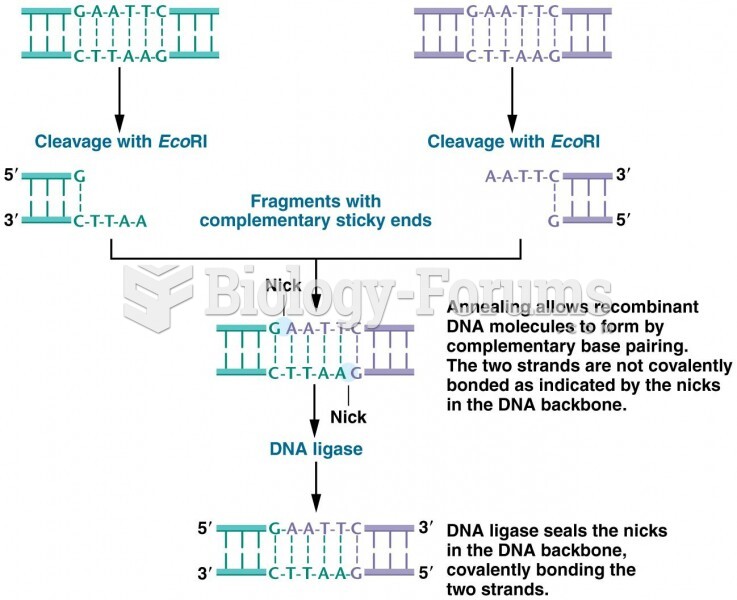Answer to Question 1
ANS: B
Temporal arteritis is also referred to as giant cell arteritis or cranial arteritis. It is characterized by chronic inflammation and the presence of giant cells in large arteries, usually the temporal artery, but can occur in the cranial arteries, the aorta, and coronary and peripheral arteries. It affects the arteries containing elastic tissue, resulting in narrowing and eventual occlusion of the lumen. It occurs more among persons over 50 years of age and is slightly more common in females than in males. The cause is unknown, but there seems to be a genetic predisposition. If left untreated, arteritis can rapidly lead to blindness that is often irreversible. The most common chief complaint is head pain that is lancinating, sharp, or ice pick in nature. Patients often complain of visual changes, including amaurosis, diplopia, blurred vision, visual field cuts, eye pain, periorbital edema, and intermittent unilateral blindness. Other common presenting symptoms include scalp and/or jaw tenderness, facial pain, and tenderness to palpation over the affected artery. The pain is generally hemicranial but can be bilateral or diffuse. There may be eye pain, which is usually bilateral; periorbital edema may be present. Other potential associated symptoms include an intermittent fever (generally low grade), nausea, and/or weight loss.
Answer to Question 2
ANS: D
Normal pressure hydrocephalus is not fully understood. It is seen primarily in persons over 60 years of age and involves enlargement of the ventricles, often without increased CSF pressure; intraventricular pressures may be high or normal. One of the theorized causes includes intermittent pressure increases. It is slightly more common in men than in women. The patient often first notices some degree of gait disorder, followed by the onset of a clouding of thought processes, which gradually progress. The typical picture is a patient who has a triad of gait disturbance, altered thought processes, and urinary incontinence. Strength and sensation are usually within normal limits. However, focal neurological findings are present and include increased deep tendon reflexes, the inability to tandem walk, positive Babinski, and/or positive Romberg.







